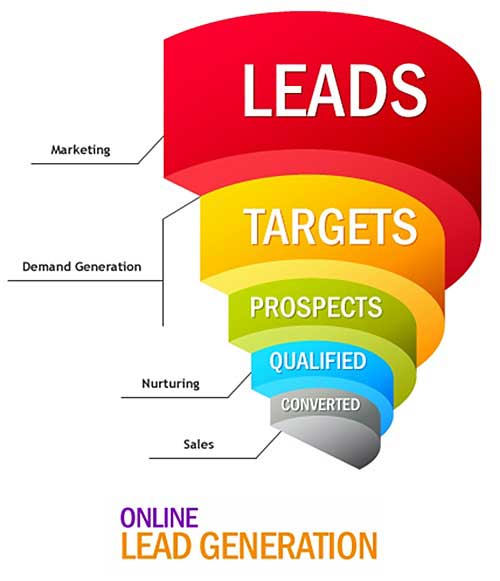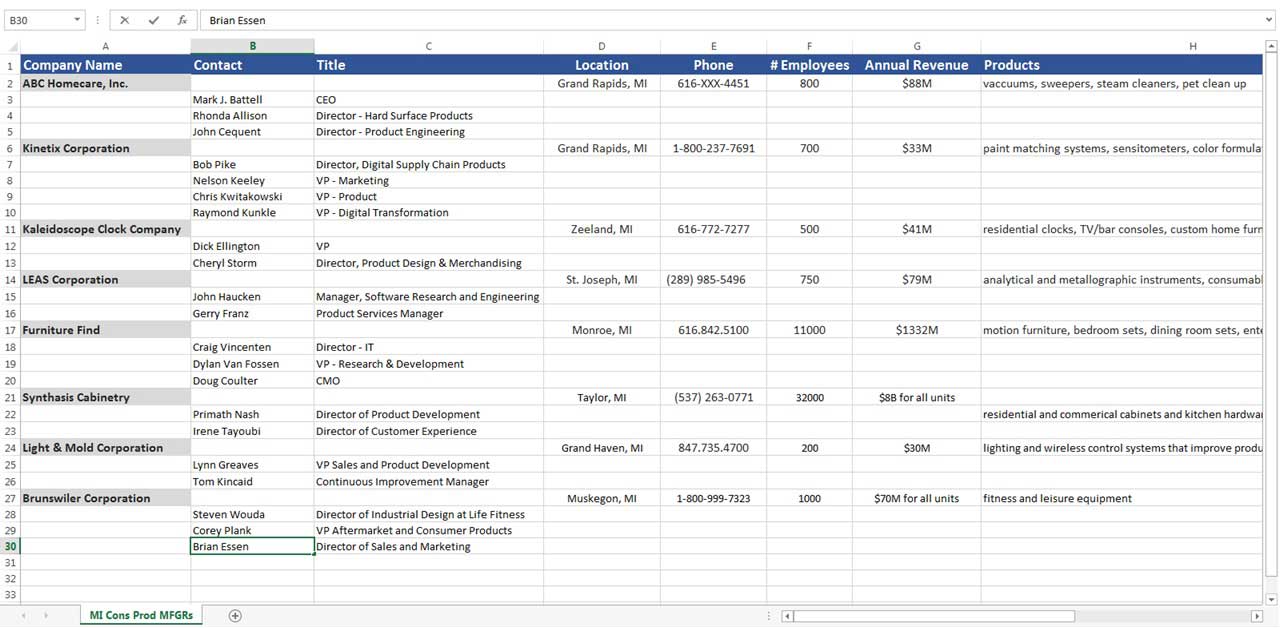Not surprisingly, a recent study by InsideSales.com points to a lack of leads as the top challenge for today's business-to-business (B2B) marketers. The need for qualified leads almost always trumps other important efforts such as brand awareness, field enablement, and partner development.
At the same time, B2B prospect pools are smaller and tougher to penetrate than those targeted in business-to-consumer (B2C) campaigns. Hefty deal sizes and lengthy sales cycles inherent in B2B relationships cause marketers and sales managers to struggle in uncovering enough leads to fill their organizational pipelines.

For small and medium-sized businesses (SMBs), the challenge of end-to-end lead turnover and tracking is especially tricky. By adapting "big company" processes for their own needs at critical points in the lead conversion continuum, even the least savvy of marketing functions can ensure a higher rate of return on marketing efforts.
Here are a few simple, proven methods for tracking sales and marketing success.
Tip No. 1: Import and maintain clean marketing data
This first tip may seem trivial, but it can serve as the single point of success (or failure) in any lead generation program. Before investing time and resources into outbound lead generation efforts, evaluate the quality of the data available to you.
Ideally, you may be starting to market to a fresh set of contacts or an entirely new database. Or you may be tasked with cleaning up an old set of records that were tagged as "leads" or "prospects" within a former customer relationship management (CRM) system.
As you cleanse the data that you will be using for campaign purposes, append contact details into a simple lead template. Make sure to capture all information your organization deems important for ongoing lead nurturing. At the same time, do not overestimate the amount of time that sales and marketing resources will spend to keep contact information fresh and updated.
Developing a solid marketing database becomes an artful balance between quantity of contacts gathered and the quality of information you store about them. A lead input template can help identify who in the organization is responsible for capturing which data fields and how the data should be uploaded into your database.
Tip No. 2: Implement a lead scoring system
Lead scoring is an especially important component of B2B marketing. Marketers and salespeople alike spend a great deal of time navigating through prospect companies and attempting to find their ideal sales targets.
The legacy model of BANT (budget, approval, need, and timeframe) ratings developed by IBM in the early days of coordinated lead generation seem to fit a wide variety of B2B marketing scenarios. I have seen the BANT model modified to score anything from small, packaged software transactions up to large, enterprise software deals taking over a year to close.
The BANT scoring model ranks leads according to the following criteria:
- Budget: Does the company or contact identified within the lead write-up have enough budget to properly implement the desired solution?
- Authority: Does the contact have the appropriate authority level to sign off on budget approval for the desired solution?
- Need: Has the customer identified a specific pain point that your solution can solve?
- Timeframe: Has the customer communicated a specific timeframe or delivery date for the anticipated solution?
Telemarketers, inside sales representatives, or other resources can further rate leads according to high/low values within each criterion and use a CRM system for lead routing. For SMB organizations, lead scoring processes should not be overly complex, but they should uncover opportunities for improved customer intelligence and lead follow-up.
Tip No. 3: Develop a lead turnover contract
Some SMB organizations may think that a formalized lead contract seems appropriate only for large, distributed teams of sales and marketing professionals. However, by developing guidelines for how and when leads are delivered to inside, direct, or channel sales representatives, the lead turnover continuum can improve for all stakeholders involved.
Items to document in a lead turnover contract can include the following:
- Total number of pipeline opportunities required by each function (typically derived from an organizational revenue-sourcing plan)
- Timeframe within which sales representatives must follow up with leads before they are assigned to another salesperson or returned for further marketing follow-up
- Qualification levels to determine which leads are converted to sales opportunities versus remaining in a lead nurturing pool
- Specifications on how lead turnover metrics will be calculated and evaluated (managed within an organizational CRM system, discussed at weekly sales meetings, etc.)
- Incentive methods and payouts for following lead turnover procedures (if identified)
A solid lead contract can help both sides of the pipeline funnel—Sales and Marketing—to understand that lead generation and turnover are shared responsibilities. The level of detail included in the contract can also become the justification for additional resources and budget for marketing activities if both ends of the pipeline are managed appropriately.

Tip No. 4: Provide detailed lead write-ups and market your results
Providing salespeople with details on new leads is straightforward—if you have follow-up from outbound lead generation efforts and a well-thought-out CRM database schema. However, if sales representatives must search for qualification details once they receive a lead, your best marketing efforts may go unnoticed and become ineffective.
If your SMB organization has implemented a CRM system for contact tracking, give your salespeople multiple avenues for gathering lead details. Beyond the standard, CRM-generated lead turnover email, take time to generate a more detailed email, deliver the email for mobile viewing, and provide ways for salespeople to reject leads they do not find qualified.
In addition, make marketing leads stand out from other leads that fill your organization's sales pipeline. Include the words "marketing opportunity" within the subject lines of your lead write-ups, and take every opportunity to let company stakeholders know your marketing efforts are working.
* * *
These tips provide a framework with which SMBs can scale their lead generation strategies as overall business objectives evolve. They also constitute a coordinated, measurable effort that can result in a dramatic pipeline uplift.
Now, it's time for Sales and Marketing to align and, ultimately, guide lead turnover success.
(Learn more about "big company" strategies for filling your lead pipeline by attending today's live #b2bchat (Thursdays, 8 PM EDT). The author of this article, Mimi Miles, is featured on this week's Twitterchat.)





